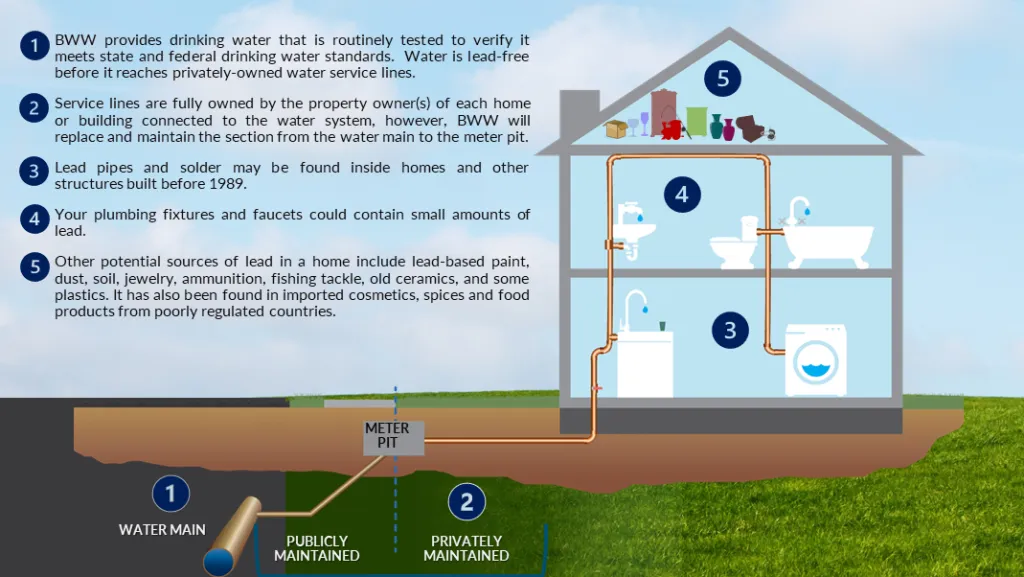In the heart of the American South, a critical examination of federal water infrastructure investments is shedding light on the disparities in funding distribution, with significant implications for the energy sector and beyond. Victoria Miller, a researcher from the Alabama Rivers Alliance and Auburn University’s Department of Geosciences, has delved into the complexities of the State Revolving Fund (SRF) program, revealing stark inequities in how federal dollars are allocated to disadvantaged communities (DACs).
The SRF, the largest government program for water infrastructure improvements in the U.S., has seen a substantial boost in funding recently, with Congress allocating $11.5 billion for the fiscal year 2024. However, Miller’s analysis of Alabama’s SRF funding requests uncovers a troubling trend: despite the high demand from DACs, these communities are not receiving a proportional share of the funds. “We found that 84.7% of SRF applications could potentially be serving DACs, yet only 24.6% of the funds awarded through recent Intended Use Plans are intended for these communities,” Miller explains.
This disparity has significant commercial impacts, particularly for the energy sector. Water infrastructure is intrinsically linked to energy production and distribution. Inefficient or inadequate water systems can lead to increased energy costs, reduced reliability, and even service disruptions. By ensuring that DACs have access to reliable and affordable water services, the energy sector can benefit from a more stable and efficient water supply, which is crucial for cooling power plants, generating steam, and maintaining other essential processes.
Miller’s research, published in the journal ‘Environmental Research Letters’ (translated as ‘Letters on Environmental Research’), highlights the need for a shift in funding policies to better reach DACs. “Our analysis seeks to provide a greater understanding of key infrastructure funding mechanisms and encourage decision-makers to shift funding programs to better reach DACs,” Miller states.
The findings from this study could shape future developments in water infrastructure investments, emphasizing the need for more equitable funding distribution. As the energy sector continues to evolve, the interplay between water and energy will become even more critical. By addressing the funding gaps in water infrastructure, we can pave the way for a more sustainable and resilient energy future.
This research serves as a call to action for policymakers, industry leaders, and community advocates to collaborate and ensure that federal investments in water infrastructure are directed where they are needed most. As Miller’s work demonstrates, bridging the funding gap in DACs is not just a matter of social equity but also a strategic imperative for the energy sector and the broader economy.

